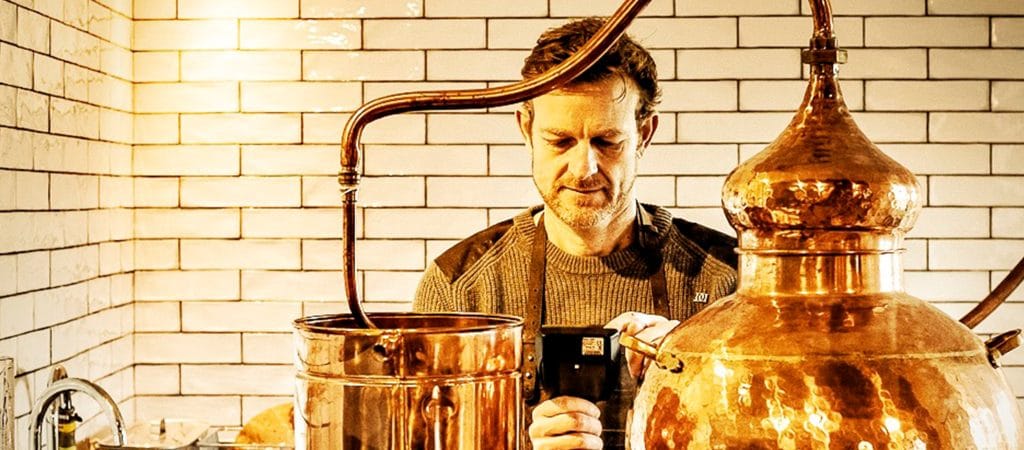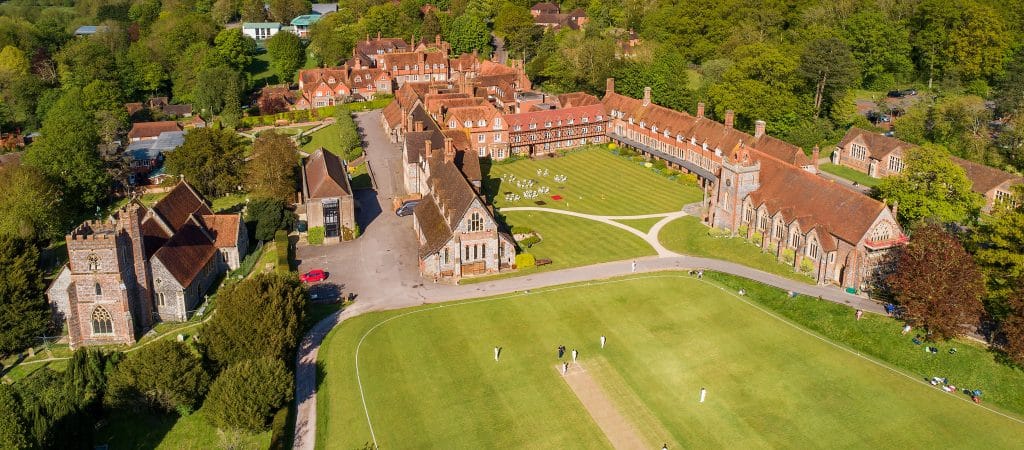Frank was Harry’s grandfather and has been described as “the epitome of Boy’s Own heroism.” An eighth generation pyrotechnist, Frank was born in 1884 and attended Dulwich College. For over a decade after he joined the family business, Brocks Fireworks, he travelled the globe orchestrating breath-taking firework displays. A colossal show he staged at Spithead in 1905 with 58 warships and 6000 men for the Entente Cordiale marked him out in military circles as a genius and as a side-line he began secretly developing improved smokescreens for the Navy.
A heavyweight boxer, a rugby player and a brilliant shot, Frank was to become one of the most significant British officers in the First World War, saving thousands of lives. Commissioned into the Army, the Navy and the RAF he was a spy behind enemy lines, an intelligence officer and a prolific inventor.
He enlisted as an officer in the Royal Artillery as soon as the war broke out. On his wedding day he dashed to France to prepare the ground for the world’s first strategic bombing raid on the main Zeppelin base at Friedsrichshafen in Southern Germany. He and a fellow officer used false passports to sneak into Switzerland, from where they rowed across a lake into enemy territory to gather intelligence.
After the bombing raid, which was an enormous propaganda coup – Frank was transferred to the RNAS and ordered by Churchill to construct, commission and command a secret RNAS research station in East London, where many of his efforts were concentrated on inventing an explosive bullet to bring down the seemingly invincible Zeppelins.
A must read. A daredevil adventurer who was prepared to take risks and to push the boundaries.
Admiral Sir Mark Stanhope GCB OBE DL, former First Sea Lord
The Brock Bullet was first put to the test in September 1916 when it was used against a Zeppelin in the skies above Hertfordshire. Tens of thousands cheered as the giant ‘baby killer’ crashed in flames. More Zeppelins were downed by Brock bullets soon afterwards, ending Germany’s dreams of supremacy in the air.
Working for the Board of Invention and Research in late 1917, Frank also invented the one million candela strength Dover Flare, a technology that was later used by the British RAF Pathfinder Force in WWII. His ‘light curtain’ of Dover or Deck flares, which were burnt overnight on trawlers and drifters atop the cross-Channel anti-submarine barrage and lit an area of three square miles, were credited by Admiral Roger Keyes as being instrumental in the sinking of 13 U-boats.
Almost immediately after their debut, Frank was asked by Keyes to help him with a blocking operation at Zeebrugge, the Belgian port through which the U-boats reached the sea. It was a raid that only took place because of his inventive genius and his brilliant smoke screen, a technology that went on to be used by the Royal Navy. The Raid on Zeebrugge yielded more VCs than any other single engagement other than Rorke’s Drift (Zulu). Churchill described it as “the greatest feat of arms.”
The commander of his last mission, Captain Alfred Carpenter VC RN described Frank as a “whizz-bang man and warrior poet dedicated to the art of warfare as much as to the pursuit of intellectual study and reflection.”





